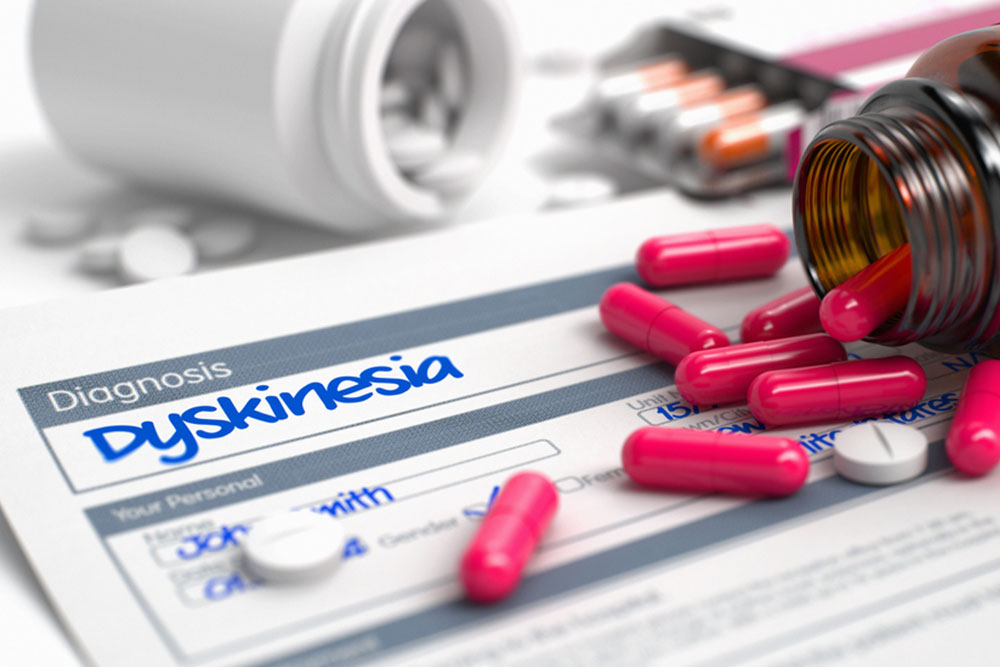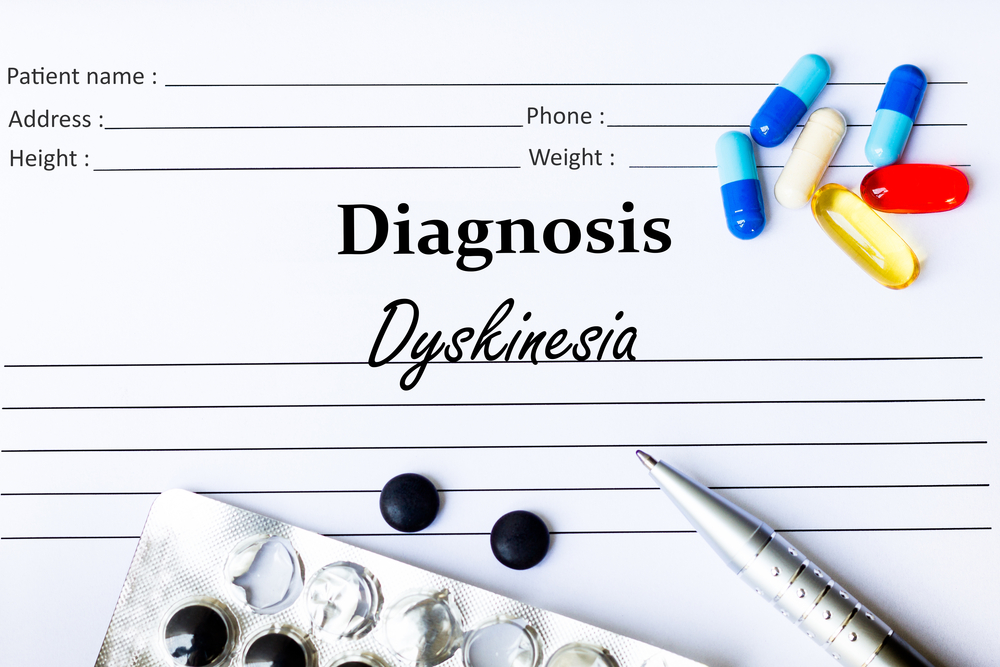Comprehensive Strategies for Managing Dyskinesia in Parkinson’s Disease
Discover comprehensive strategies to effectively manage dyskinesia in Parkinson’s patients. Learn about medication adjustments, advanced therapies, dietary considerations, and monitoring tools that help control involuntary movements while maintaining quality of life. This detailed guide provides insights into personalized treatment plans for optimal symptom management.

Comprehensive Strategies for Managing Dyskinesia in Parkinson’s Disease
Dyskinesia, characterized by involuntary, erratic movements, is a common complication in patients undergoing long-term treatment for Parkinson’s disease. Managing this condition poses significant challenges, especially because it often results from the very medications used to control Parkinsonian symptoms. Effective management requires a nuanced understanding of the condition, careful medication adjustments, and personalized treatment approaches. In this extensive guide, we delve into the complexities of dyskinesia, explore various treatment options, and provide practical strategies to improve patients’ quality of life while maintaining effective symptom control.
Understanding dyskinesia begins with recognizing its connection to Parkinson’s disease treatments, especially levodopa. While levodopa remains the gold standard for managing Parkinsonian symptoms, prolonged use—particularly in high doses—can trigger dyskinesia. This involuntary movement disorder can manifest as jerking, writhing, or twisting movements, impacting a patient’s daily functioning and overall well-being. The challenge lies in balancing the therapeutic benefits of levodopa with its potential side effects, including dyskinesia. Consequently, medical professionals must tailor treatment plans meticulously, often involving multiple strategies to manage these involuntary movements effectively.
Addressing dyskinesia often involves weighing the risks and benefits of continuing or modifying medication regimens. Some patients consider reducing or discontinuing levodopa, especially when dyskinesia becomes severe. However, this approach can lead to the recurrence of Parkinsonian symptoms such as tremors, rigidity, and bradykinesia, which significantly impair mobility and quality of life. This scenario underscores the importance of dose adjustments and alternative therapies that can mitigate dyskinesia without compromising motor symptom control.
In clinical practice, managing dyskinesia is multifaceted. It commonly involves optimizing medication timing and dosages, incorporating adjunct therapies, and employing novel drug delivery systems. For example, controlled-release formulations of levodopa can provide more stable dopamine levels, thereby reducing peak-dose dyskinesia. Splitting the daily dose into smaller, more frequent administrations helps maintain consistent dopamine levels, preventing sudden fluctuations that trigger involuntary movements. Furthermore, medications that inhibit enzymes responsible for levodopa breakdown, such as carbidopa or entacapone, can prolong dopamine’s action, leading to smoother motor control.
Advanced therapeutic options include levodopa-carbidopa gel infusion directly into the small intestine. This method ensures continuous dopamine delivery, minimizes peak-trough fluctuations, and significantly decreases dyskinesia severity. Additionally, dopamine agonists—such as pramipexole, ropinirole, or rotigotine—may be increased to reduce reliance on levodopa, thus lowering dyskinesia risk. However, these agents come with their own side effects and need careful titration. Amantadine, an NMDA receptor antagonist, has demonstrated effectiveness in reducing dyskinesia severity. It can be administered orally or intravenously and works by modulating glutamate activity, which influences dopamine pathways.
Beyond pharmacological solutions, behavioral monitoring tools like motor diaries are invaluable for patients and clinicians. Keeping a detailed record of medication intake, meal times, symptom fluctuations, and movement patterns can offer insights into triggers and timing of dyskinesia episodes. This data facilitates personalized adjustments and helps identify optimal medication schedules. For example, protein-rich meals are known to interfere with levodopa absorption, leading to decreased efficacy and potential increase in involuntary movements. Patients can improve treatment outcomes by timing their medication doses appropriately—taking levodopa before meals or delaying protein intake until after medication absorption—subject to medical guidance.
Integrating dietary management with pharmacotherapy requires consultation with healthcare professionals to prevent interference with medication absorption and efficacy. Patients should avoid making dietary changes without professional advice, as improper timing may compromise symptom control or exacerbate side effects. In addition to medication adjustments and dietary strategies, physical and occupational therapies play supportive roles in managing dyskinesia, helping maintain mobility, flexibility, and overall functioning. Emerging treatments and clinical trials continue to explore new options, promising hope for better dyskinesia management in the future.
In conclusion, managing dyskinesia in Parkinson’s disease is a complex but manageable challenge. It necessitates a personalized approach that balances symptom control with minimizing side effects. Through an optimized combination of medications, novel delivery systems, dietary management, and monitoring tools, patients can experience improved quality of life. Close collaboration with healthcare providers is essential to develop an effective, tailored treatment plan that addresses both the symptoms and underlying causes of dyskinesia.





